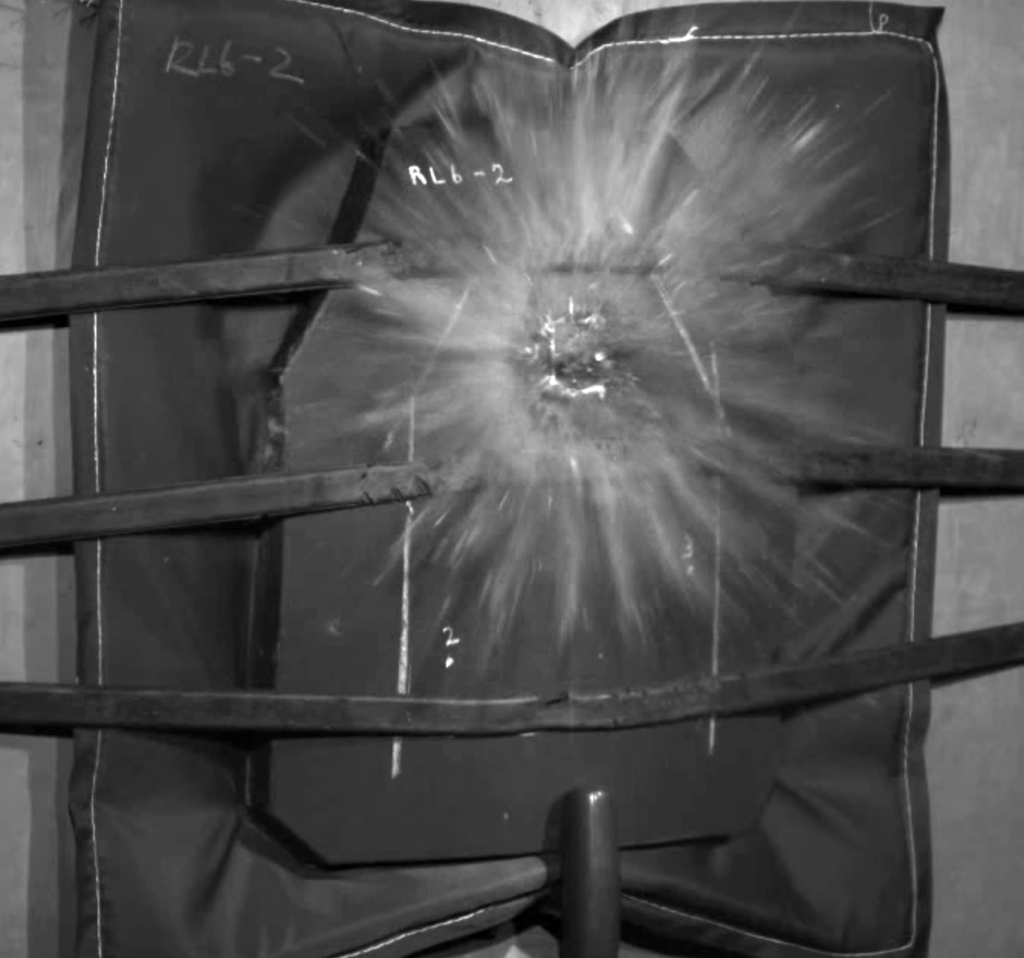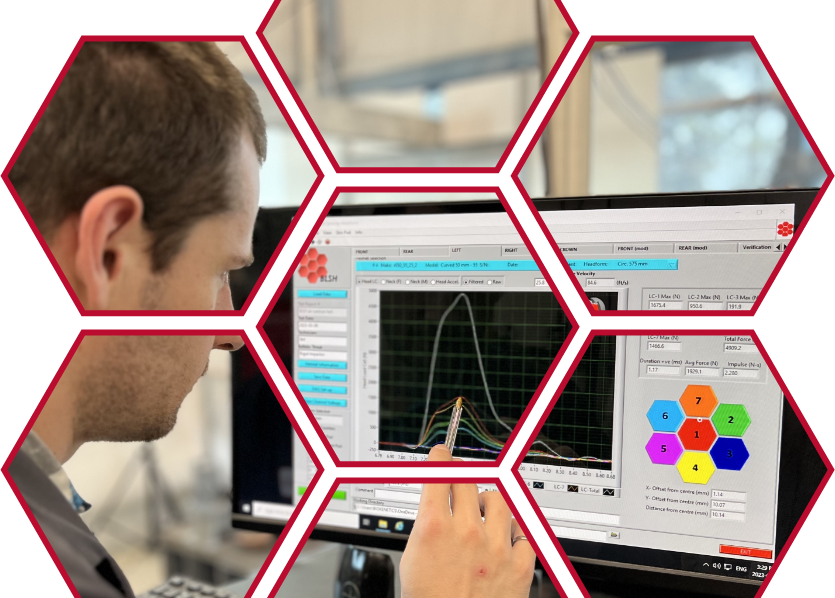
When it comes to ensuring the optimal safety of law enforcement and military personnel in high-conflict scenarios, ensuring protective equipment is alignmed with current safety standards and practices is paramount. The National Institute of Justice (NIJ) is a leading authority for safety protocols and maintains a dedicated set of standards for ballistic resistance that allow protective equipment to be graded and utilized accordingly in the appropriate ballistic threats. These standards, outlined as dedicated levels, are based on the type of ammunition and ballistic blunt force a vest or body armour kit can adequately protect against without risking undue harm to the wearer. Proper use and adherence to guidelines are essential for the safety and well-being of professionals and the civilians they aim to protect in high-risk situations.
Below, we’ll take a closer look at the 5 levels of projection as per the NIJ 0101.07(updated on November 30, 2023) and why they matter in the context of equipment manufacturing and testing. Read on to learn more!
HG1 (Formerly NIJ IIA): Standard Threats for Law Enforcement
HG1(HG being short for handgun) is designed to protect against low-velocity 9mm and .40 S&W handgun ammunition that is typically encountered in day-to-day law enforcement of moderate risk. HG1 is not tested or expected to protect against rifle rounds or high-calibre ammunition. This armour is utilized by police departments and is the most flexible level of armour, making it ideal for concealing under plain clothes.
HG2 (Formerly NIJ II/IIIA)
Like HG1, HG2 is designed to defend against handgun ammunition but is protective against higher calibre rounds and additional blunt force trauma. HG2 protects against 9mm Luger full metal jacketed (FMJ) round nose (RN) 124 grain, as well as .357 Mag jacketed soft point (JSP) 158 grain and allows operatives to navigate higher risk scenarios with extra protection.
RF1 (Now an enhanced version of former NIJ Level III): Rifle Threats
RF1 (RF standing for rifle) is designed to protect, as the name suggests, against rifle rounds which are fired at a higher velocity and which have high penetrative capabilities than standard handgun rounds. Rifle rounds present a significant risk of fatality in the absence of adequate protection and ballistic armour is crucial for high-risk operations. Standard ammunition tested to align with RF1 include:
- 5.56mm M193 BT 56 grain
- 7.62x39mm MSC Ball Ammunition Type 56 from Factory 31
- 7.62x51mm M80 Ball NATO FMJ Steel Jacket 147 grain
RF2
RF2 is an enhanced level of assessment from the former level III standard, and adheres to the same guidelines as RF1, but also includes 5.56 mm M855. Rounds tested at this level include:
- 7.62x51mm M80 Ball NATO FMJ Steel Jacket147 grain
- 7.62x39mm MSC Ball Ammunition Type 56 from Factory 31
- 5.56mm M193 56 grain
- 5.56mm M855 61.8 grain
RF1 and RF2 aim to establish a balance between high level protection and mobility, giving users the ability to move swiftly and comfortably while keeping them safe from enhanced threats in extreme situations.
RF3 (Formerly NIJ Level IV): Against Armour-Piercing Threats
RF3 offers the highest level of protection for use in military and tactical operations and is tested against high velocity, armour-piercing rifle rounds. RF3 armour is significantly heavier than its lower level counterparts and is rigorously tested under extreme conditions that subject rigid plates to various ballistic threats to simulate real-life scenarios. RF3 armour is reserved for the highest threat level situations and is worn when loss-of-life or serious injury is imminent without top-level protection. Rounds tested at this level include 30.06 M2 Armour Piercing (AP) FMJ spire point AP 165.7 grain.
Why Rigorous Testing Matters
Ballistic armour is one of the most effective, life saving, measures for operatives facing high risk scenarios that present an increased threat of fatalities or extreme harm. The testing methods and standards put in place by the NIJ are designed to ensure that body armour is able to perform as intended when it matters most, keeping wearers and surrounding civilians safe during conflict. Thorough evaluation ensures compliance, safety and reliability that contribute to an overall foundation of awareness and performance moving forward.
At Biokinetics, we believe that safety and knowledge are synonymous. Our ballistic testing services are housed in our full-service and accredited laboratory that features state-of-the-art firing, loading, yaw and velocity monitoring systems that allow us to facilitate projectile and target interactions. Biokinetics also has custom-instrumented surrogates of the head, torso and extremities to evaluate injury potential from blunt forces. Testing is available to standard industry specifications or may be customized for specific programs as necessary. Our highly skilled team of engineers, technicians and industry experts conduct all evaluations.

